Research department
- Research Fields
- HOME
Research Fields
INSTITUTE FOR ADVANCED ENGINEERING
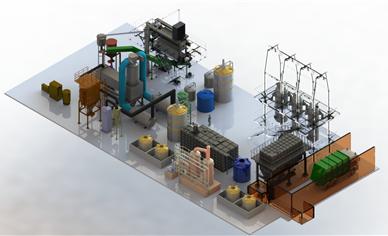

Production of bio-energy and high-added-value products from biomass derived from organic waste streams and agricultural/livestock by-products
This is a technology that utilizes hydrothermal carbonization to process high-moisture biomass, such as sewage sludge, food waste, and livestock manure (with moisture content exceeding 70%). The process aims to remove moisture through dehydration and enhance the calorific value of the solid residue.
· A hydrothermal carbonization pilot plant with a processing capacity of 1 ton/day.
· An integrated biogas and hydrothermal carbonization plant utilizing livestock manure, capable of simultaneously producing 20 Gcal/day of biogas and 25 Gcal/day of solid fuel.
· A complex plant based on hydrothermal carbonization, capable of producing 4 MW using municipal waste.
· An integrated plant based on hydrothermal carbonization with a processing capacity of 50 tons/day for sewage sludge.
(Holds Environmental New Technology Certification No. 575 and Verification No. 263)
· An integrated biogas and hydrothermal carbonization plant for producing 300 kWe of electricity and valuable resources from livestock manure.
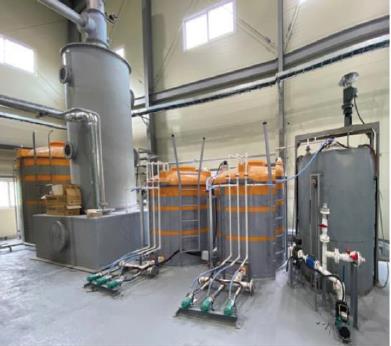
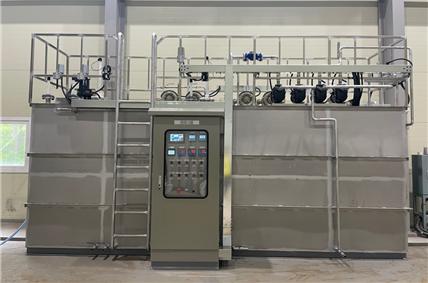
Rational treatment of wastewater for reuse and recovery of valuable resources
This technology involves the economical treatment of high-concentration, hard-to-degrade wastewater, coupled with the recovery of nitrogen resources to produce high-value materials.
· A wastewater treatment plant capable of processing 30 tons/day of food waste anaerobic digestate, equipped with ECR (Electrochemical Oxidation) and MBR (Membrane Bio-Reactor) technologies (with performance data).
· A system designed for nitrogen recovery, capable of handling 50 tons/day of wastewater.
· A production system for ammonium bicarbonate, designed to process 10 tons/day of wastewater.
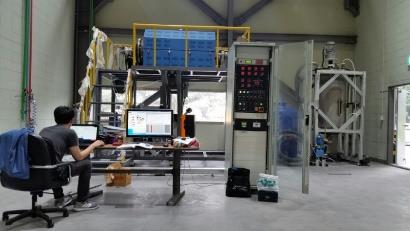
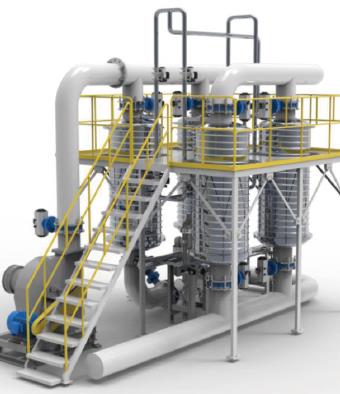
Production and utilization of high-specific-surface-area adsorption materials from waste resources and biomass.
We are currently developing a system for mass production of carbon-based adsorption materials with a specific surface area exceeding 2,500 m²/g. We also focus on developing systems that use these materials to treat pollutants and recover resources.
· Technology for producing carbon-based adsorption materials with a specific surface area of over 2,500 m²/g.
· An integrated plant with the capacity to produce 30 kg/day of carbon-based adsorption materials having a specific surface area over 2,500 m²/g.
· Manufacturing technology for automotive vapor recovery parts using carbon adsorbents with a high specific surface area.
· An energy production plant capable of generating 30 kWe from volatile organic compounds (VOCs).
· Technology for the regeneration of spent activated carbon and the production of high-specific-surface-area activated carbon utilizing desorbed gases.